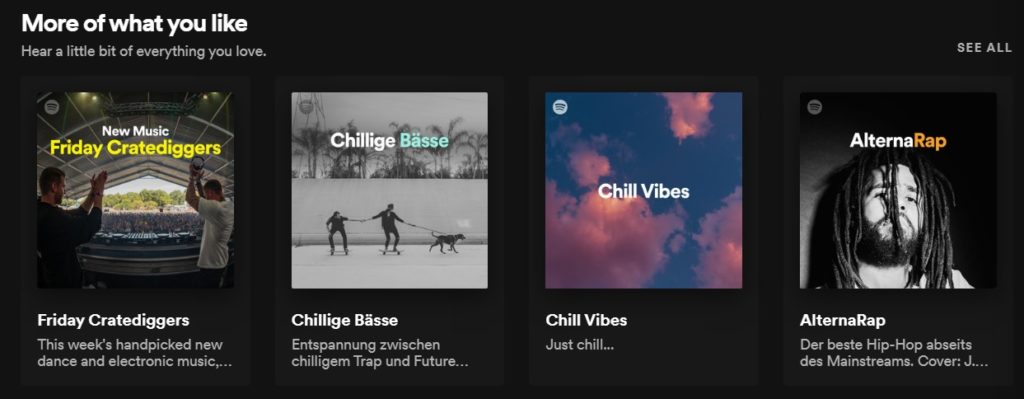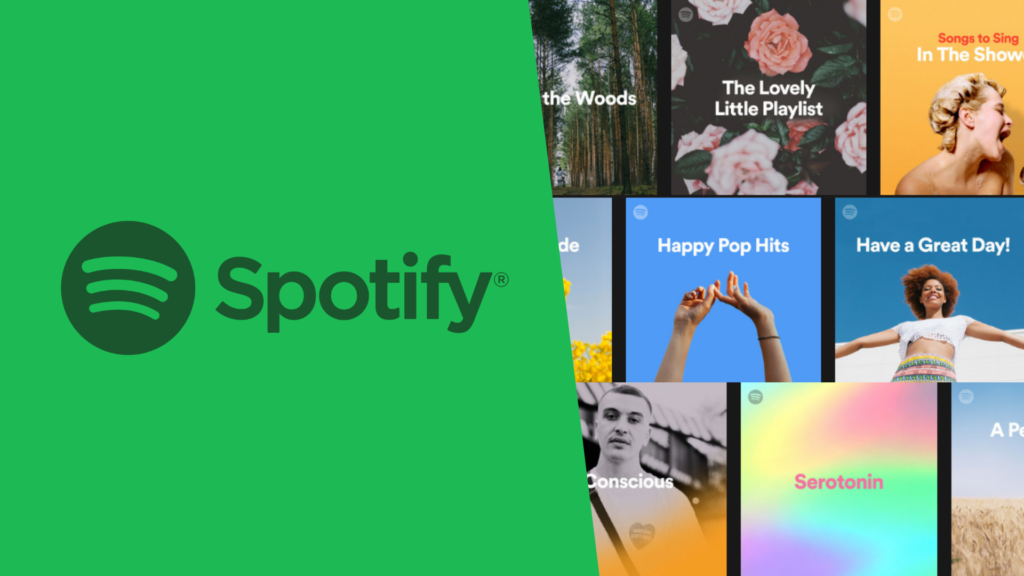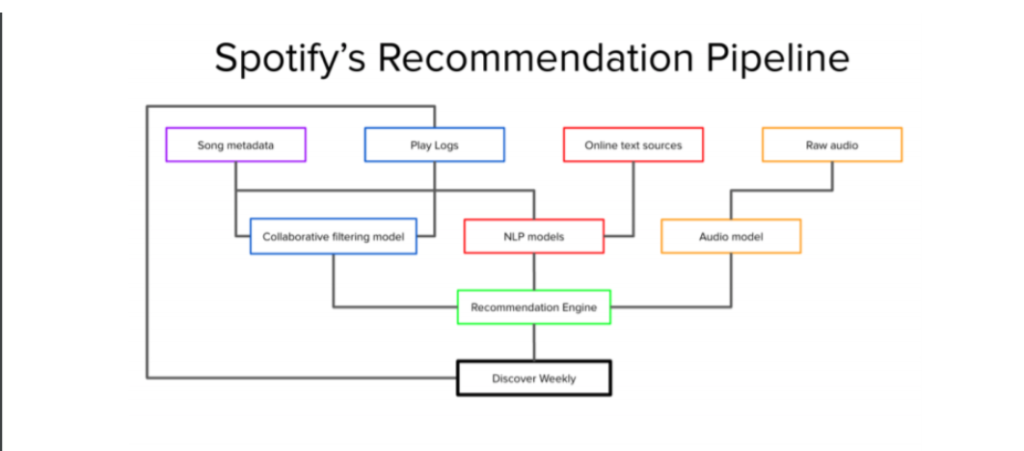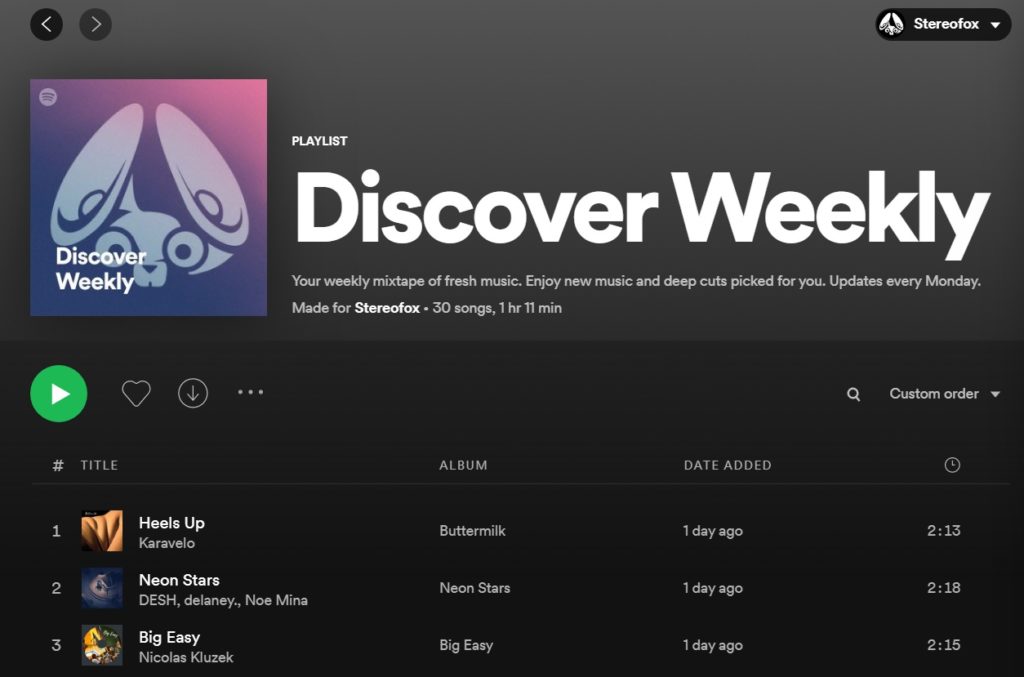This article, besides my thoughts on the world of editorial playlists on Spotify, will also serve as podcast notes to the first episodes of The Fox Tales - our brand new podcast.
Stream on Spotify or Apple Podcasts.
The Playlist Concept
Playlists are a fundamental part of streaming. They are the digital analog of mixtapes - a collection of tracks put together based on a mood, theme, feeling, or any other topic that makes sense to that curator. Before streaming was a thing, playlists were introduced in order to assist fans when it comes to the personal organization of their music. Needless to say, getting featured on a popular playlist could expose your music to new followers, increases your streams, number of fans (which is vital), and of course - impacts royalties paid out every month.
All things aside, the goal of playlists is to make sense of music and ultimately make listeners' music discovery experience easier. We, as a curator, also maintain our playlists and Dance Feels is a great example of that. The end goal of that selection in particular is to help people discover upbeat, groovy, and positive dance-inspired music. It the digital equivalent of a container carrying a number of songs with a label on top of it. Just like isles in a giant supermarket.
In this article (and the episode) we will look into the difference between the editorial types of playlists on Spotify, explain why are are so important for artists, listeners and also the company itself. In the second episode which I will link later on, we give you the best practices when it comes to pitching your music as an independent artist.
Stay up to date.
New music and exclusive updates in your inbox weekly.
Spotify Playlists (Editorial and Algorithmic) as a Feature
30% of all plays on Spotify are generated from editorial playlists, according to Jeremy Erlich (Head of Music Strategy) in an interview he gave to Forbes in 2020. Just that on its own should tell you what crucial role editorial playlists play in Spotify’s streaming economy. Playlists are so much more than just a selection of tracks and I'll put my product/marketing outfit when writing these next paragraphs.

When asked about their role in the world of playlisting and editorial, he shares,
Our philosophy is that any good song should have a playlist where it can start and should have a path to the top of the pyramid — no matter where it's from in the world, no matter what genre. We have the best editors in the world listening to thousands of songs per week and then curating them.
The team themselves have described their editorial playlists as the driving force behind music discovery and demand creation on its platform. In general, all streaming services invest a lot in capturing and retaining the attention of users and also use them to differentiate themselves from competitors, making the editorials a key instrument in shaping the digital listening experience. People on forums often discuss how good editorials are on each DSP (Spotify, Apple Music, Deezer, TIDAL, Amazon Music) because for many of them that feature is the driving factor behind choosing where to put their money at.
Fun fact - Editorial playlists were not a Spotify feature initially. The company saw the potential of themed curation because of the success of a startup called Tunigo in 2013. They were the ones who made hundreds of playlists that were incredibly popular among users, so Spotify acquired them, and... that's how the Editorials came to be. They were described as a feature that would assist users in need of musical guidance. From a product standpoint, Editorials were one more feature to differentiate the platform from its competitors. Service within the service. At the end of the day, users don't only come here to listen to music. They come here to discover new music and whoever is best at this has an advantage over the other players in the business. In times where the power of music bloggers and independent curators was slowly drawing out, one could argue that the birth of these playlists was what (partially) made Spotify a significant gatekeeper in the music industry.
A lot has changed since 2013, but we can safely conclude that Tunigo's acquisition and moving in that direction was a smart move from Spotify. Since then they've significantly enhanced the user interface of their product to showcase editorials, have massively grown their playlist library, and have invested in AI-powered music recommendation systems to even further improve the quality of those playlists (ie Personalized editorials).

Editorial Playlists and Advertising in 2021
User Privacy is at the forefront of hot topics in advertising in 2021. With Facebook's diminishing tracking capabilities and user's progressively increasing tech savvy-ness, being tracked around the Internet with a bunch of pixels and cookies is not as easy as it used to be. As someone who is working in paid advertising, let me tell you - it has been chaos with Apple's new IDFA (something for those who are in advertising) changes that came with 14. I won't be geeking out here, but my point is that providing contextual tracking abilities has become difficult.
Now, let's think of the Editorials for a second, especially those built around a mood or activity. As an advertiser, I might not need to know everything about a user, but being able to place my audio ad while someone is listening to Electronic Running (workout equipment) or Cooking with Soul (my new pasta sauce) is a huge thing. It just gives Spotify the control of matching the right ads with the right audience - the heart of advertising. That is why, I truly believe that the ad space and revenue of Spotify is only going to grow. Add their podcasting push and you've got a winner... but that's not why we are here.
Types of Spotify Playlists
Finally. The reason why you came here! I think this is time to highlight Lu's The Different Kinds of Spotify Playlists Explained article. That article will provide you an in-depth overview of the types of playlists - both editorial and algorithmic, but I'll throw in my 2 cents here (I am leaving out the user-generated ones for now, although they are quite crucial as well).
I do believe that every artist should have an understanding of the landscape and how things happen behind the scenes because it will give you an advantage when it comes to pitching your music and finding your place in that ecosystem. Given the evolution path of Spotify's playlists, the importance of data and understanding how the machine learning / AI algorithm impacts human (editor) curation is vital for the success of every release.
Spotify Algorithmic Playlists and How Do They Work
Algorithmic playlists on Spotify differ for everyone because they are built by an in-house created AI algorithm using as many data points about you as possible. So, yeah - meet BaRT (Bandits for Recommendations as Treatments) created by the software engineers at Spotify. BaRT is what generates your Discover Weekly, Release Radar, and also organizes the content on your homepage - from suggested artists and tracks to playlists you might like. A few things the algorithm takes into consideration
- past music listening history
- the songs you have skipped
- the songs you have liked
- your personal playlists
- tracks you have shared on social media
- your location
- users Natural Language Processing to analyze lyrics of tracks
BaRT monitors your music listening habits and uses this information to produce highly personalized playlists designed to make you feel happy, help you discover new music and keep you coming back to the platform.

Your Discover Weekly and Release Radar playlists will be different than mine. They are truly a unique representation of what BaRT thinks about our music taste, and that's where the uniqueness of these discovery playlists lies.

Discover Weekly Playlist
- updated every Monday
- features tracks from artists you already follow
- features tracks of artists that you have previously listened
- features tracks from artists that Spotify thinks you might like
- tracks can be older
- tries to push you just a bit out of your comfort music zone by introducing similar genres
Release Radar playlist
- updated every Friday
- track must be delivered to Spotify at least 1 week prior to that
- if you want to have a certain song in the Radar, you need to pitch that particular song from your release
- similar to Discover weekly - features artists that the user follows, or has listened to, or the ones that the algorithm thinks the user might like
- if the listener has already listened to the song before, it won't appear in the radar (ie Thundercat dropped an album on Tuesday and you listened to track 3 ... that one won't be in your RR even though it qualifies)
- the track has to be from a main artist (not remixer or featured one)
- a song can be in the radar for 4 weeks in a row (unless the user listens to it)
A few tips here - I highly recommend you encouraging your listeners (or social media fans) to follow you on Spotify, and also think carefully about your release strategy. Dropping singles is vital.
Daily Mix
Launched in 2018, your 6 Daily Mix playlists are mostly comprised of your listening history, so a lot more familiar music on here. Spotify shares,
Daily Mix was designed to provide familiar, comfortable music within each of the user’s top listening modes. It’s designed to be the shortest path to a good musical experience. It reflects how the user actually listens, rather than matching their favorite music against predefined genres. We use clustering technology to identify distinct subgroupings within our users’ listening patterns, and then build recommendations around those, mixing in appropriate new suggestions along with the known favorites.
Spotify Editorial Playlists
Where everyone wants to be - in one of the 3000+ editorial playlists on the platform where the editors at Spotify rely on their music taste and the data from the platform to create crème de la crème of playlist selection. The editorials can be standard and algo-torials, where enhanced by the machine-learning algorithm, the staff is experimenting, testing and learning every single day. Often, people refer to smaller editorials as feeder playlists where a song is placed and then its performance evaluated by the team (skip rate, favourite rate etc.) before adding it to a major editorial playlist. And yes, editorials do vary - from 10-15k followers to 4M+ (Lo-Fi Beats).

